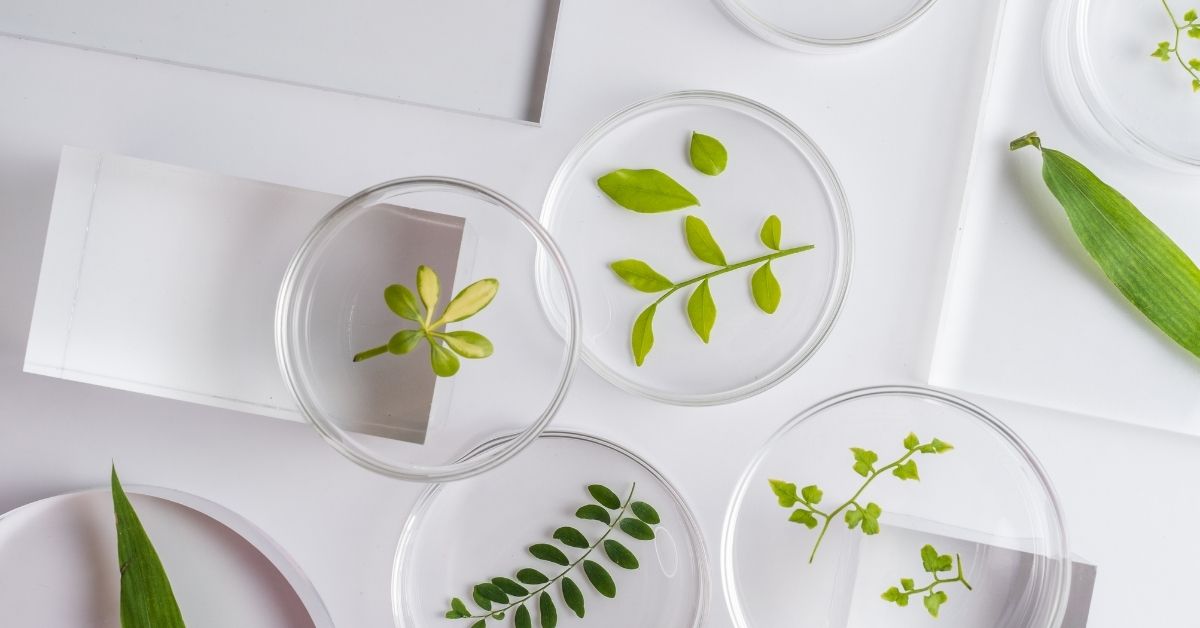Spring brings a vibrant mix of blooming flowers, buzzing insects, and warmer weather. It’s also an ideal time to explore science through hands-on activities. For homeschooling families, spring provides endless opportunities to blend nature’s transformations with interactive learning. These activities don’t just fascinate children; they also teach important concepts in biology, chemistry, and physics. The best part? You don’t need a lab or specialist tools—just a bit of creativity and curiosity to turn your environment into a classroom.
Below, you’ll find why spring science experiments are both impactful and practical to include in your curriculum. You’ll also discover fun, step-by-step projects designed to spark curiosity and promote key skills in your homeschooler.
Why Spring Science Experiments Are a Must for Homeschooling
The changing season is a teaching tool in itself. With everything from budding plants to shifting weather patterns, spring is brimming with opportunities to learn through observation and experimentation. Here’s why integrating these activities into your routine is so valuable:
- Real-World Connections
Spring science experiments go beyond textbooks and immerse kids in hands-on lessons. Watching seeds sprout highlights biological processes like germination and photosynthesis. Tracking rainfall or temperature introduces weather and water cycle concepts in a tangible way. - Interdisciplinary Learning
Science connects naturally with other subjects. For instance, having your child measure plant growth introduces math skills like graphing. Writing a nature journal sharpens literacy. These experiments bring a cohesive, well-rounded learning experience. - Critical Thinking and Problem-Solving
Interactive projects teach kids to hypothesize, test ideas, and adapt when results differ from expectations. Not every seed will sprout, and not every weather prediction will be right. These “failures” are valuable lessons in resilience and adaptability. - Life and Motor Skill Development
Tasks like planting seeds, mixing solutions, or recording observations build fine motor skills. Group experiments with siblings or friends foster teamwork and communication, preparing kids for collaborative problem-solving in the future. - Appreciation for Nature
By studying the natural world, homeschoolers develop a deeper connection to their environment. Activities like building a mini-ecosystem or tracking weather patterns encourage curiosity and respect for their surroundings.
These benefits make spring the perfect time to turn simple, everyday moments into memorable lessons.

Easy and Educational Spring Science Experiments to Try
To help you kickstart your spring science plans, here are several hands-on experiments designed for homeschoolers. Each activity can be modified for a range of ages and learning levels.
1. Grow a Bean Plant in a Jar
This classic experiment introduces your child to plant biology and the process of germination.
What You’ll Need
- A clear jar
- Paper towels
- Dried beans (like lima or kidney beans)
- Water
Instructions
- Line the inside of the jar with a damp paper towel.
- Gently place a few beans between the paper towel and the jar.
- Position the jar in a sunny spot, like a windowsill.
- Check daily to observe root growth and sprouting. Add water as needed to keep the paper towel moist.
What They’ll Learn
- The stages of plant growth, including roots, stems, and leaves.
- Key concepts like photosynthesis and water absorption.
- Math observation when measuring the height of the plant over time.
2. Bubbling Vinegar and Baking Soda Volcano
Introduce your child to chemical reactions with this exciting activity.
What You’ll Need
- Baking soda
- Vinegar
- Dish soap
- Food coloring
- A container or clay for shaping the volcano
Instructions
- Build a small volcano structure with either clay or dirt.
- Inside the “volcano,” combine baking soda, a few drops of dish soap, and several drops of food coloring.
- Pour vinegar into the volcano opening and watch the eruption!
What They’ll Learn
- How acids (vinegar) and bases (baking soda) react to produce carbon dioxide gas.
- The role of gas formation in bubbling and fizzing reactions.
For older kids, you can dig deeper into the science behind the reaction by having them experiment with different quantities of ingredients to observe varying results.
3. Create a Homemade Weather Station
Weather science becomes interactive with a DIY weather station.
What You’ll Need
- Clear plastic bottle (for a rain gauge)
- Ruler
- Straws
- Paper cups
- String
Instructions
- Build a rain gauge by cutting the top off a plastic bottle, marking measurements in inches or centimeters, and leaving it outside to collect rainfall.
- Make an anemometer to measure wind speed using a straw frame and paper cups. Mount it so it can spin freely.
- Use a thermometer to record outdoor temperatures.
What They’ll Learn
- How to gather and analyze meteorological data such as rainfall and wind speed.
- Patterns in the weather and how they relate to the water cycle and climate.
4. DIY Rain Cloud in a Jar
Simulate a rain cycle using simple household items.
What You’ll Need
- A clear glass jar
- Shaving cream
- Water
- Food coloring
Instructions
- Fill the jar almost to the top with water.
- Spray a layer of shaving cream on the water’s surface (this represents the cloud).
- Drizzle dyed water onto the shaving cream and watch as colored “rain” falls into the water below.
What They’ll Learn
- How condensation leads to precipitation within the water cycle.
- The relationship between clouds, rainfall, and weather changes.
This experiment is visually stunning and a fantastic way to introduce younger kids to basic atmospheric science.
5. Build a Mini Ecosystem in a Jar
Teach your child the workings of ecosystems by making a sealed terrarium.
What You’ll Need
- A glass jar with a lid
- Small plants (ferns or moss work well)
- Soil
- Pebbles or small rocks
- Water
Instructions
- Place pebbles at the jar’s base for drainage.
- Add a layer of soil before planting the small plants.
- Lightly water the setup and seal the jar with the lid.
- Place in indirect sunlight and watch how the ecosystem sustains itself.
What They’ll Learn
- Concepts like energy flow, water cycles, and plant respiration.
- The importance of balance within ecosystems.
For added fun, include tiny critters like earthworms or pill bugs, which contribute to decomposition and nutrient cycling.
6. Static Electricity Butterflies
A playful way to explore the invisible force of static electricity.
What You’ll Need
- Colored tissue paper
- A balloon
- Tape
Instructions
- Cut a butterfly shape from tissue paper.
- Tape the butterfly lightly to a flat surface, ensuring the wings can move.
- Inflate the balloon and rub it on your hair or a piece of fabric to create static electricity.
- Bring the charged balloon close to the butterfly and watch its wings “flutter.”
What They’ll Learn
- The basics of static electricity and how opposite charges attract.
- Connections between everyday phenomena, like clothes sticking together, and scientific principles.
Tips for Making Spring Science Experiments Successful
- Document Progress
Encourage your child to keep a notebook or a digital journal to jot observations, draw sketches, or take photos of their experiments. - Set Expectations
Not every experiment will go perfectly, and that’s okay. Use mishaps as an opportunity to teach about perseverance and troubleshooting. - Adapt Activities
Some experiments may require more or less complexity depending on your child’s age and skill. Don’t hesitate to simplify or expand as needed. - Make It Fun
Incorporate creative elements, like adding artistic touches to a weather journal or using photography to record changes over time.
By weaving spring science experiments into your homeschooling curriculum, you’re not just teaching science; you’re instilling excitement and curiosity about the world. The memories of conducting these projects together will stay with your child far beyond the classroom. With nature as your co-teacher, there’s no limit to what you and your homeschooler can discover.



